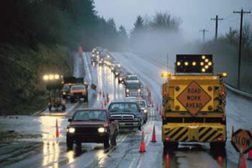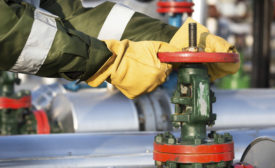News
Contractor removes trenching protection while worker is still in trench
Bay Construction Company cited after the fatality
November 28, 2018
From NIOSH
Level of soot particles in diesel exhaust varies on oil & gas worksites
November 28, 2018
Never miss the latest news and trends driving the safety industry
eNewsletter | Website | eMagazine
JOIN TODAYCopyright ©2024. All Rights Reserved BNP Media.
Design, CMS, Hosting & Web Development :: ePublishing










